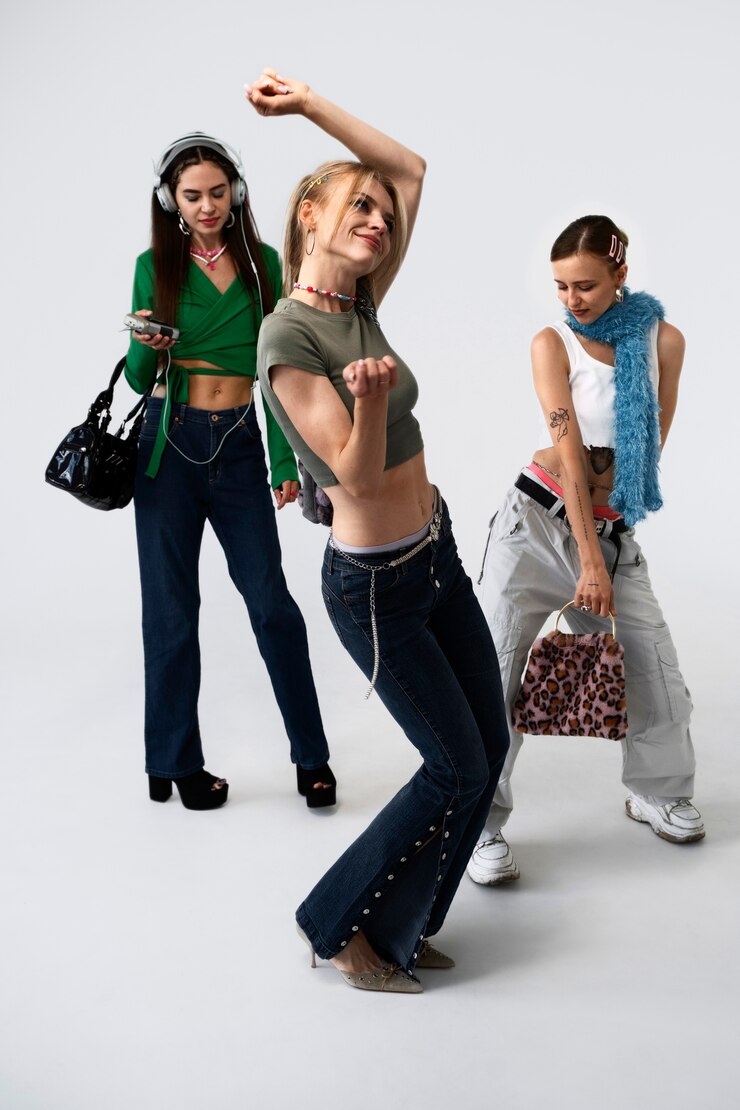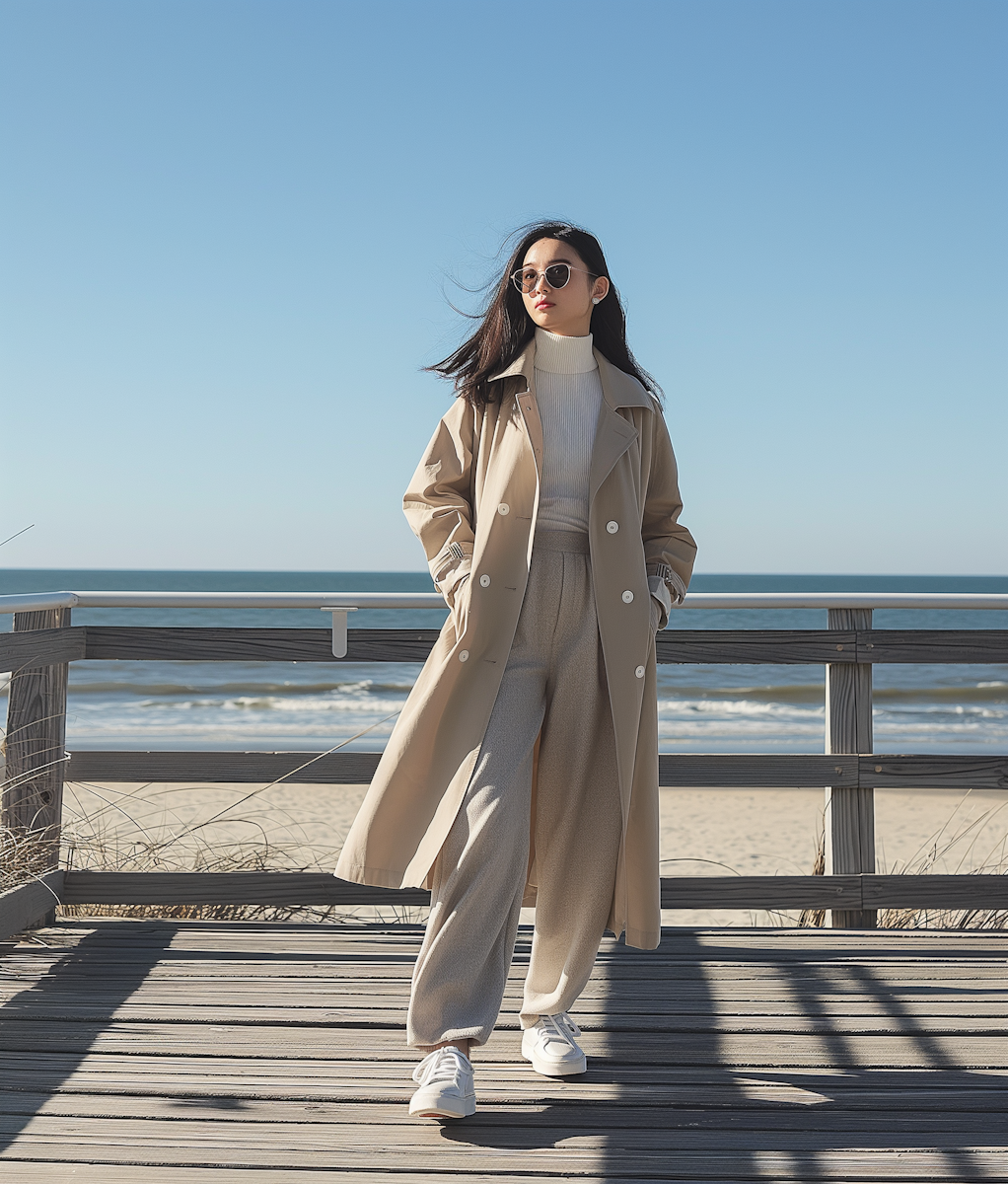Table of contents
World War II not only reshaped global politics and economics but also had a profound effect on everyday life—including the way people dressed. In this post, we explore how the war catalyzed lasting changes in Fashion Trends, transforming styles from opulent designs to resourceful, practical clothing that echoed the realities of wartime.
A Time of Transformation in Fashion
During World War II, many aspects of life underwent radical change, and fashion was no exception. The scarcity of resources, changes in workforce demographics, and government regulations forced designers and consumers alike to adapt. This period redefined Fashion Trends as practicality and durability became as important as style.
Rationing and Resourcefulness
One of the most significant impacts of World War II on fashion was the introduction of rationing. With fabric in short supply, governments imposed restrictions on the amount of material used in clothing. As a result, clothing designs became more minimalist, and every yard of fabric was used wisely.
Designers embraced creativity out of necessity—shorter hemlines, simpler cuts, and multipurpose pieces became the norm. This shift not only influenced wartime attire but also paved the way for the streamlined, modern looks we see in Fashion Trends today.
Utility and Functionality
The war demanded practicality. Women joining the workforce needed clothing that was both functional and durable. Utility clothing emerged as the answer, with designs that incorporated pockets, reinforced seams, and washable fabrics. This focus on functionality introduced a new era of Fashion Trends that favored versatility over extravagance.
The Role of Fashion as a Moral Booster
Amid the backdrop of conflict, fashion also played a subtle yet important role in boosting morale. Despite the challenges, people sought ways to express their individuality and maintain a sense of normalcy. Fashion showed resilience by adapting to the circumstances—transforming simple, muted styles into symbols of hope and progress.
Lasting Effects on Modern Fashion
The impact of World War II has persisted long after the conflict ended. The resourcefulness and practicality that defined wartime fashion influenced subsequent decades, laying the groundwork for many modern Fashion Trends. Today, we can see echoes of that era in minimalist designs, sustainable practices, and the enduring appeal of functional clothing.
Evolution of the Silhouette
World War II accelerated a transformation in the traditional silhouette. With limitations in available materials, designers adopted streamlined designs that emphasized clean lines and tailored fits. These changes carried over into post-war fashion, shaping contemporary Fashion Trends that celebrate simplicity and sophistication.
Innovation Amid Adversity
The innovations born out of necessity during the war—such as inventive fabric technologies and multipurpose designs—continue to influence modern fashion. Today’s designers often draw inspiration from that era, blending classic elements with innovative touches to create pieces that are both stylish and practical.
FAQs About Fashion Trends Influenced by World War II

A: World War II influenced Fashion Trends by introducing rationing, promoting utility clothing, and encouraging minimalist designs due to resource constraints and the demands of wartime lifestyles.
A: Rationing forced designers to make the most of every yard of fabric, leading to simpler, more efficient designs that emphasized functionality—a shift that significantly shaped modern Fashion Trends.
A: Yes, many modern Fashion Trends—including minimalist aesthetics, sustainable design, and versatile clothing—can trace their roots back to the innovations and constraints experienced during World War II.
A: The need for resourcefulness during the war led to streamlined silhouettes and a focus on practicality. These design principles continue to influence Fashion Trends today, promoting clean, tailored, and efficient styles.
Conclusion
World War II was a pivotal moment for fashion, driving changes that redefined Fashion Trends for generations to come. The era’s emphasis on practicality, resourcefulness, and innovation transformed clothing design, leaving an indelible mark on the style landscape. From strict rationing to the creation of utility fashion, the impact of the war continues to resonate in today’s minimalist and sustainable trends. As modern fashion evolves, the lessons from this challenging period remind us that creativity can flourish even in the face of adversity.





